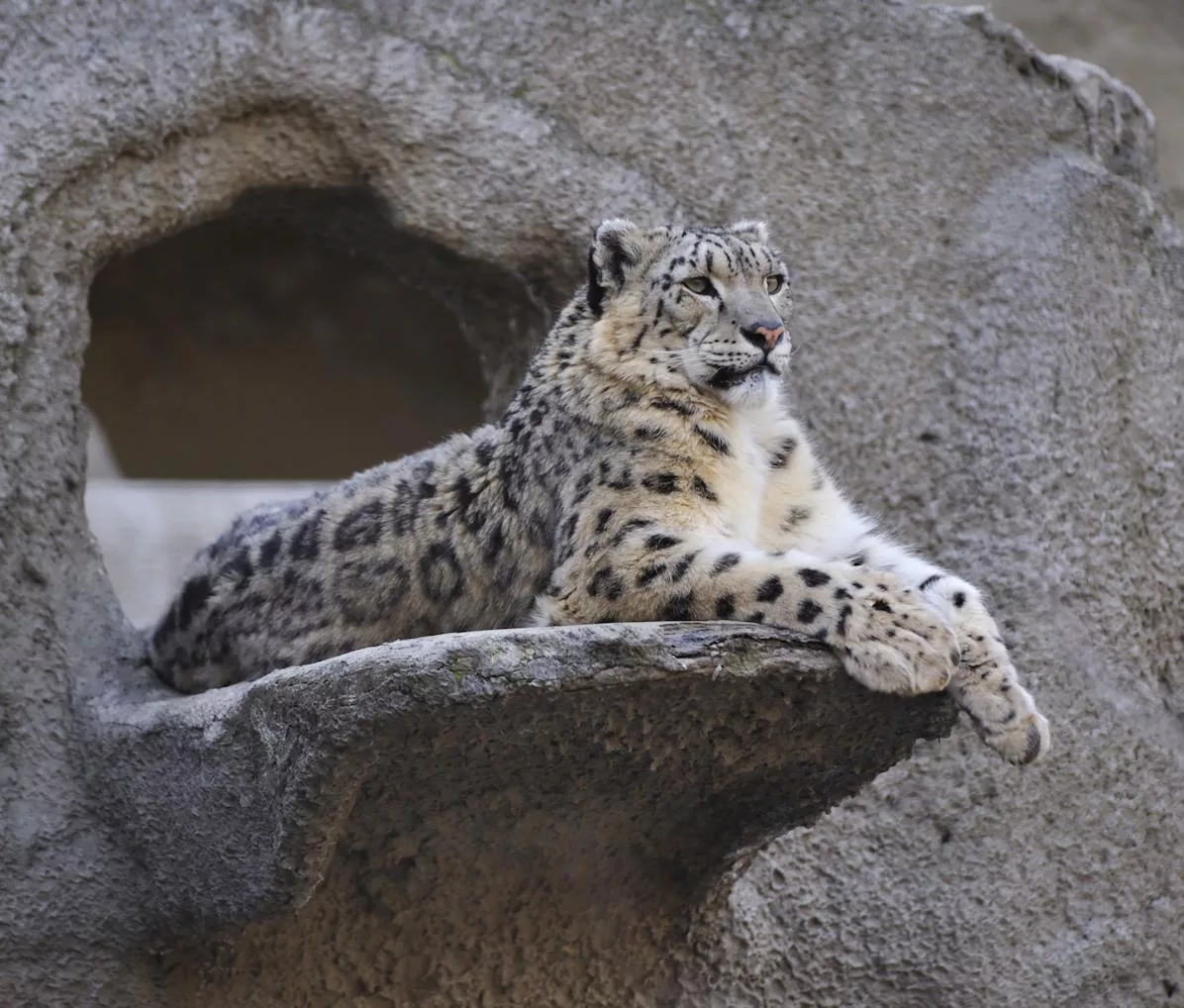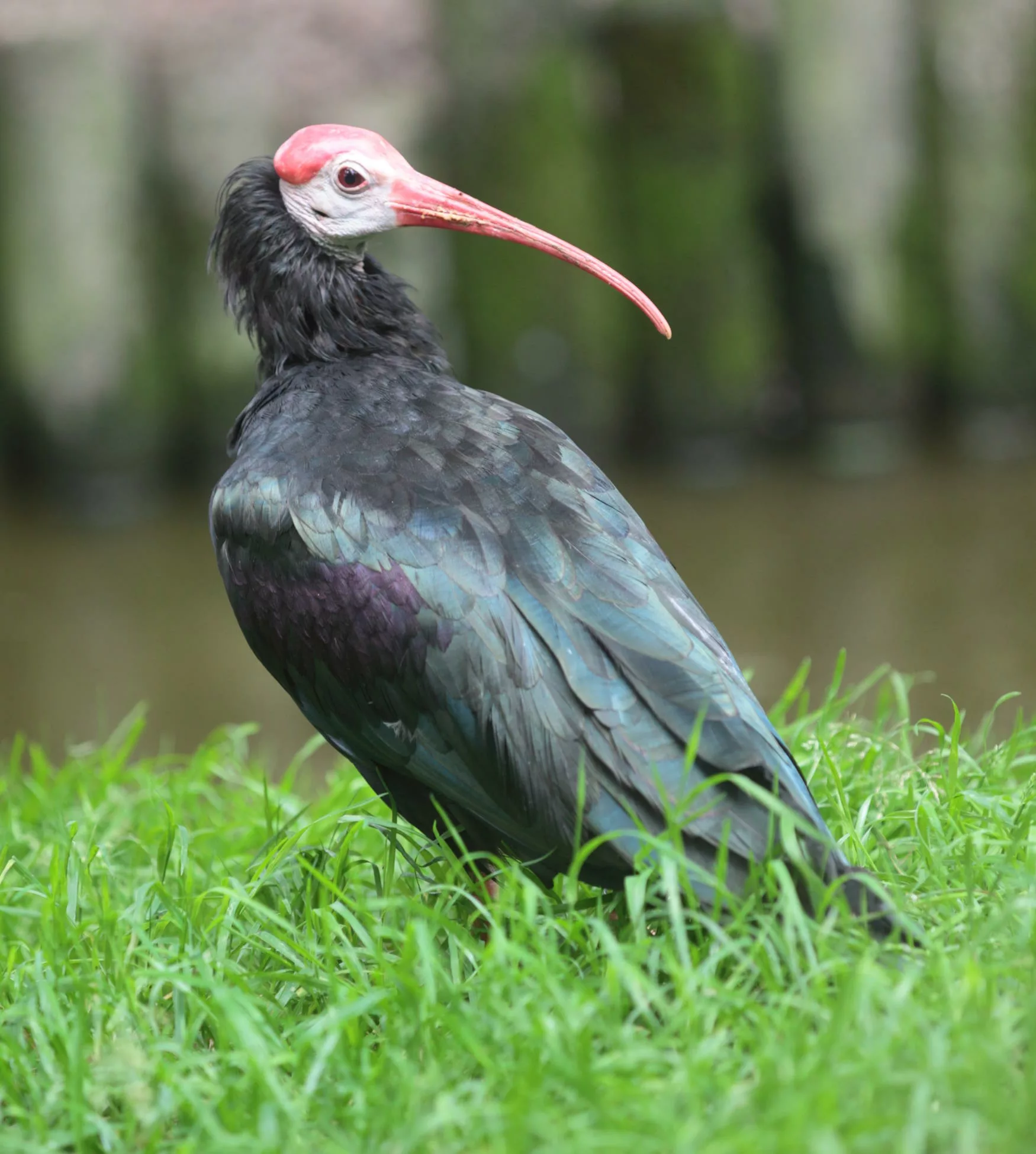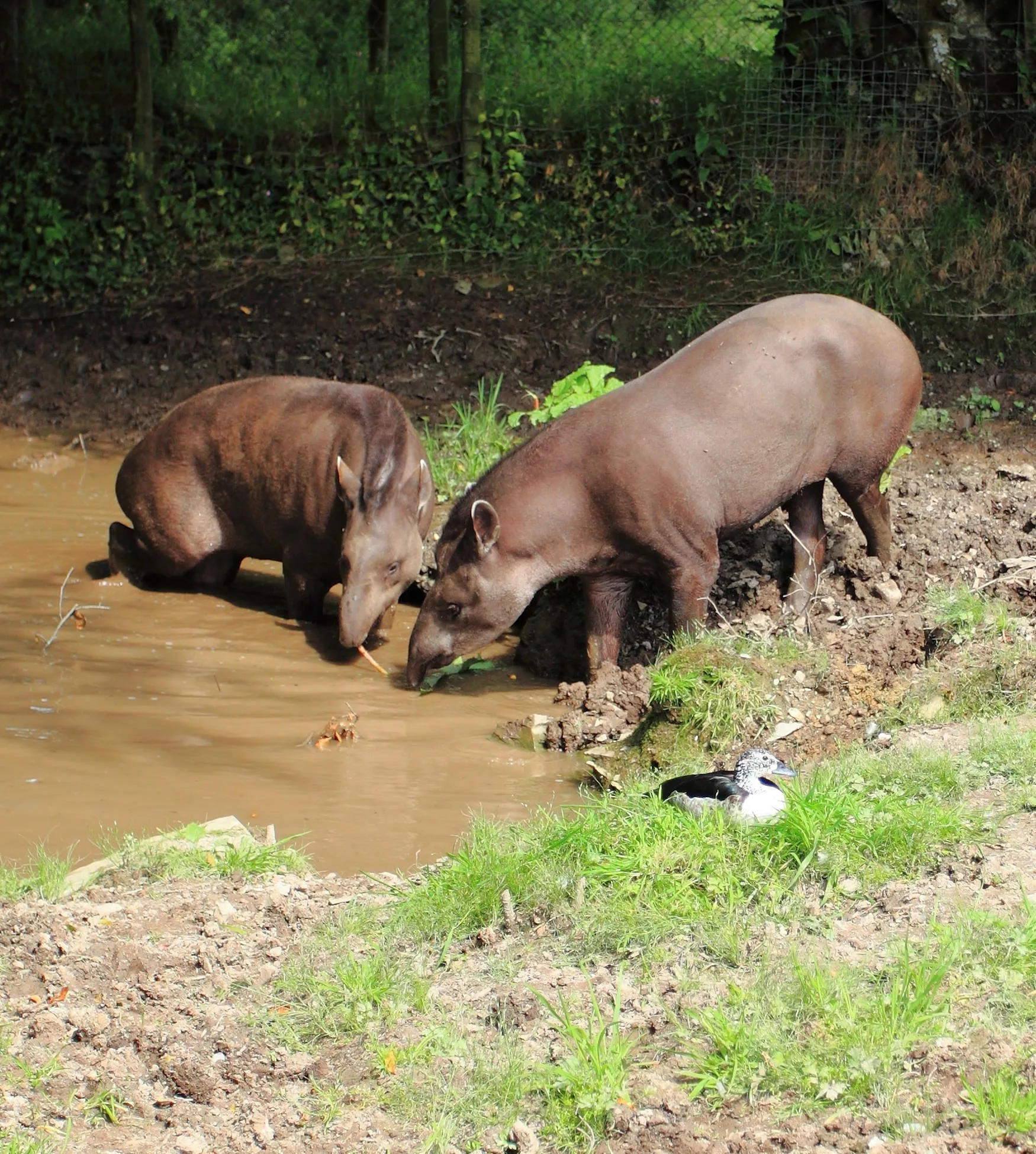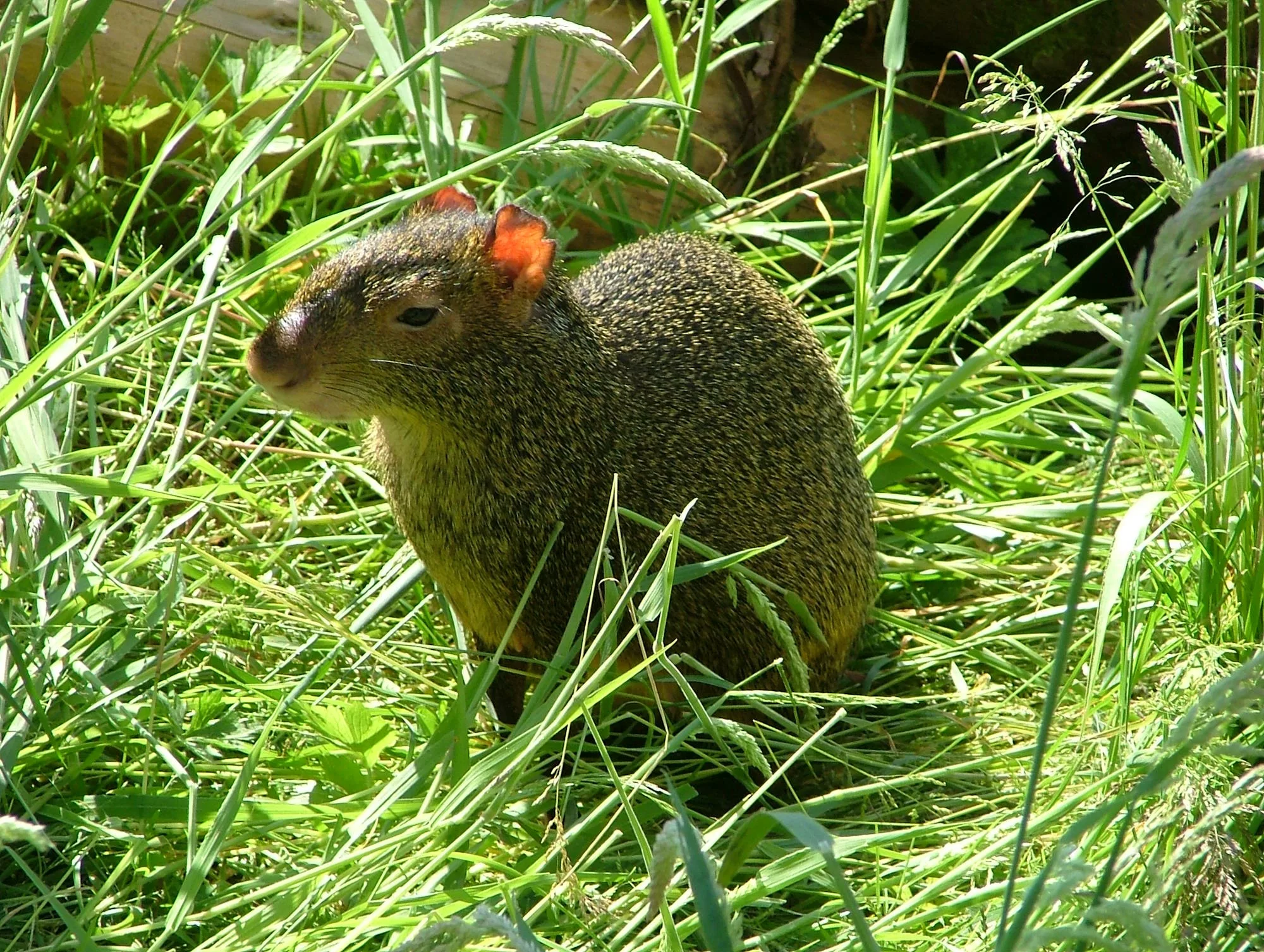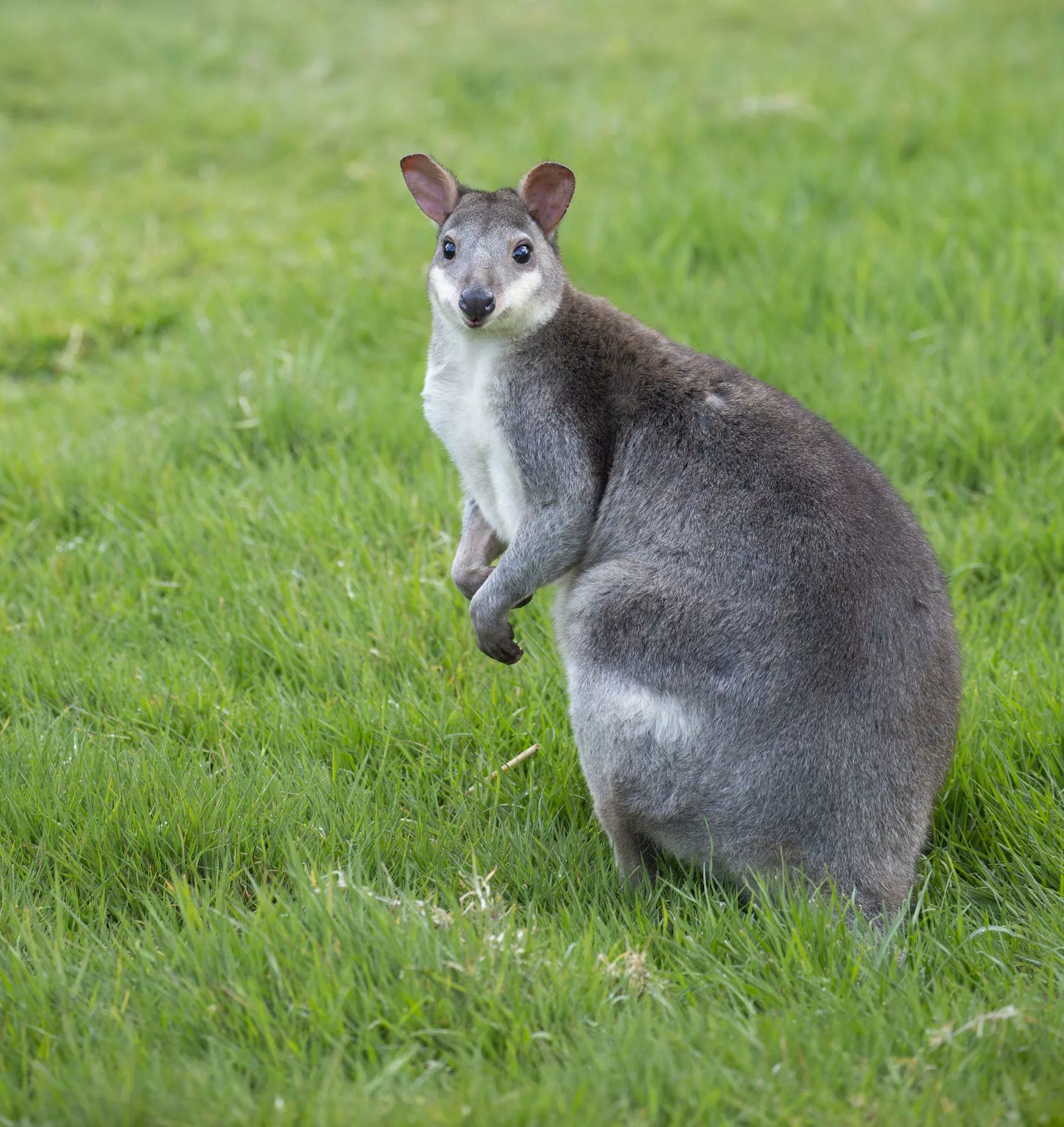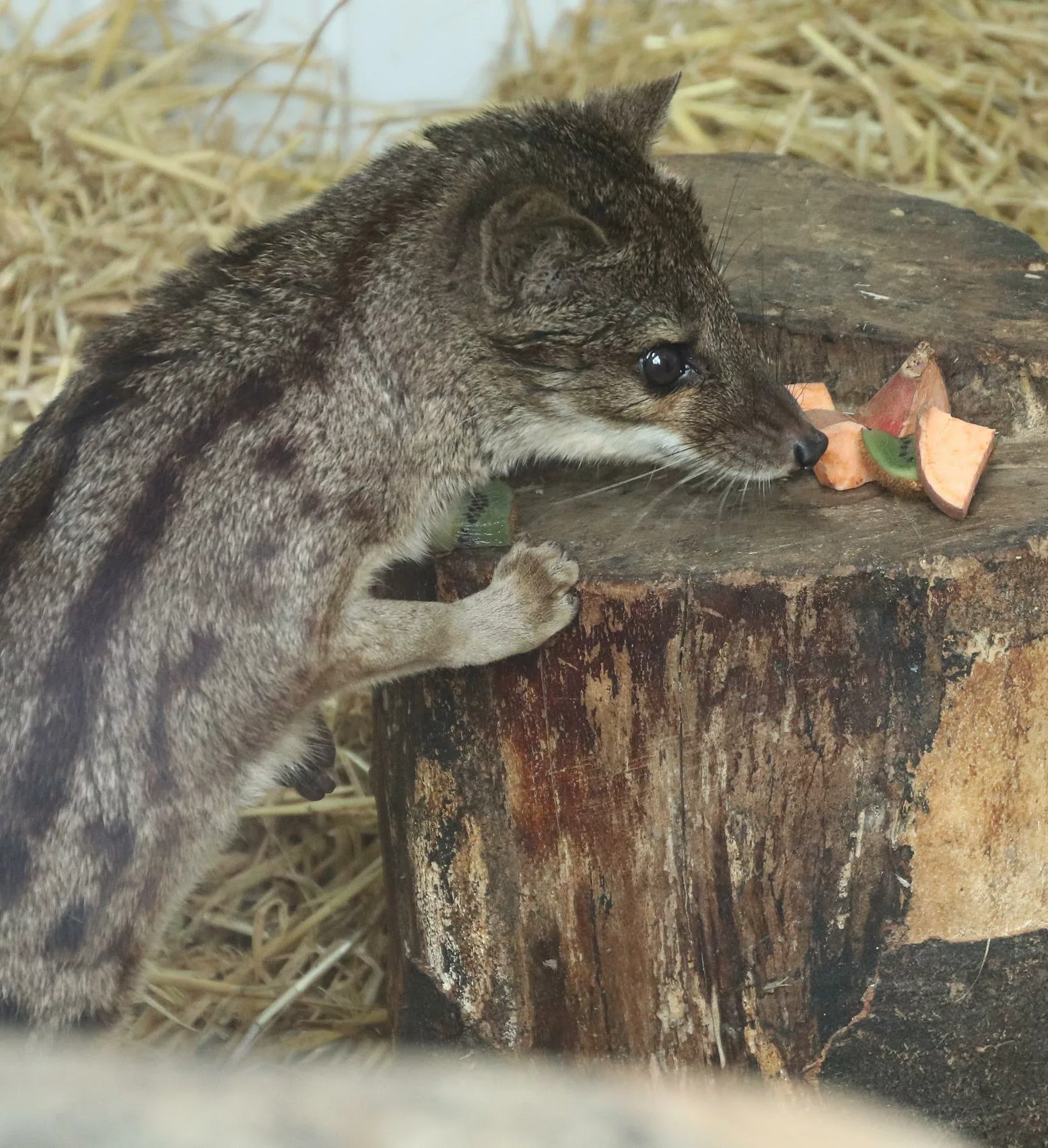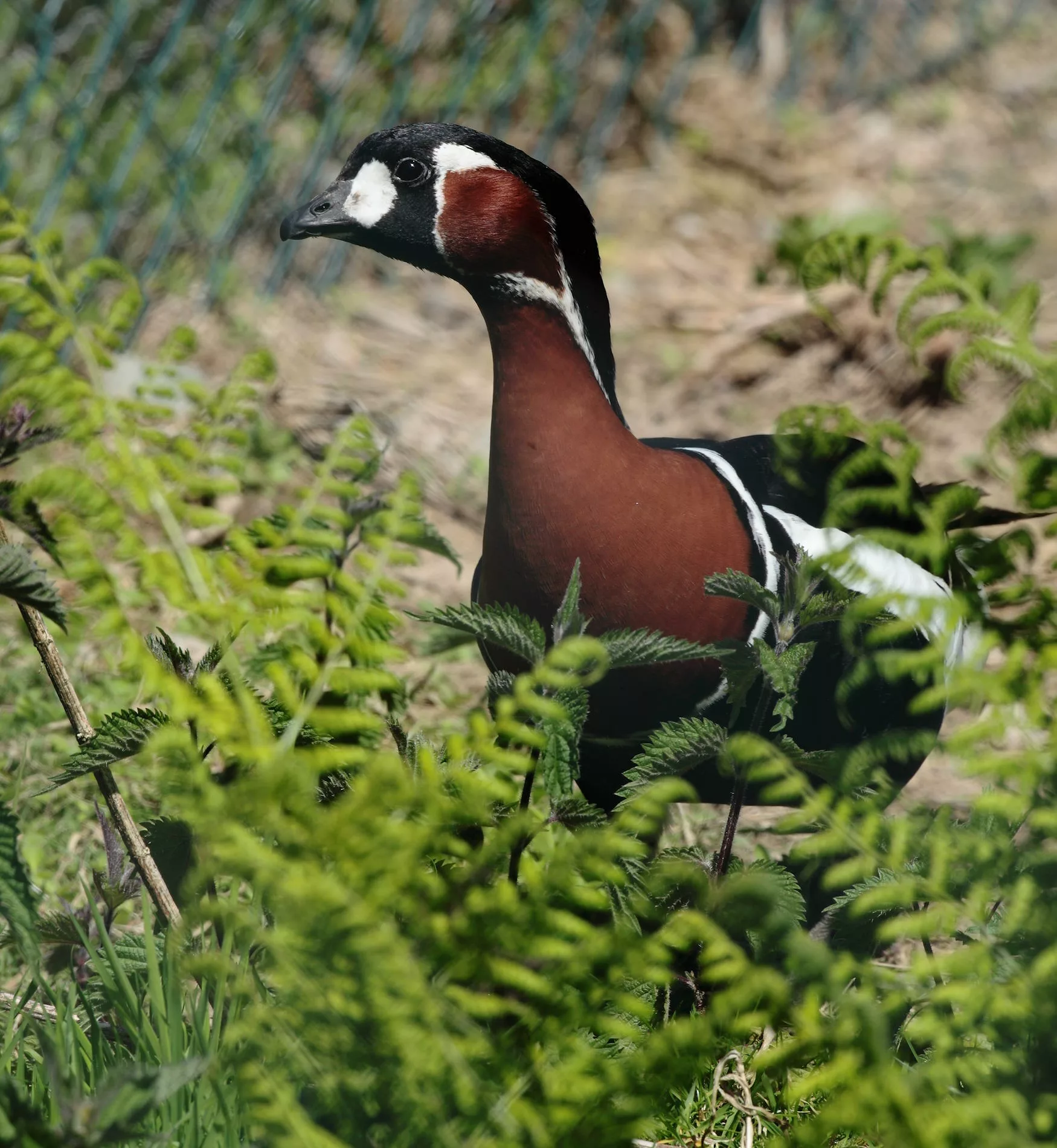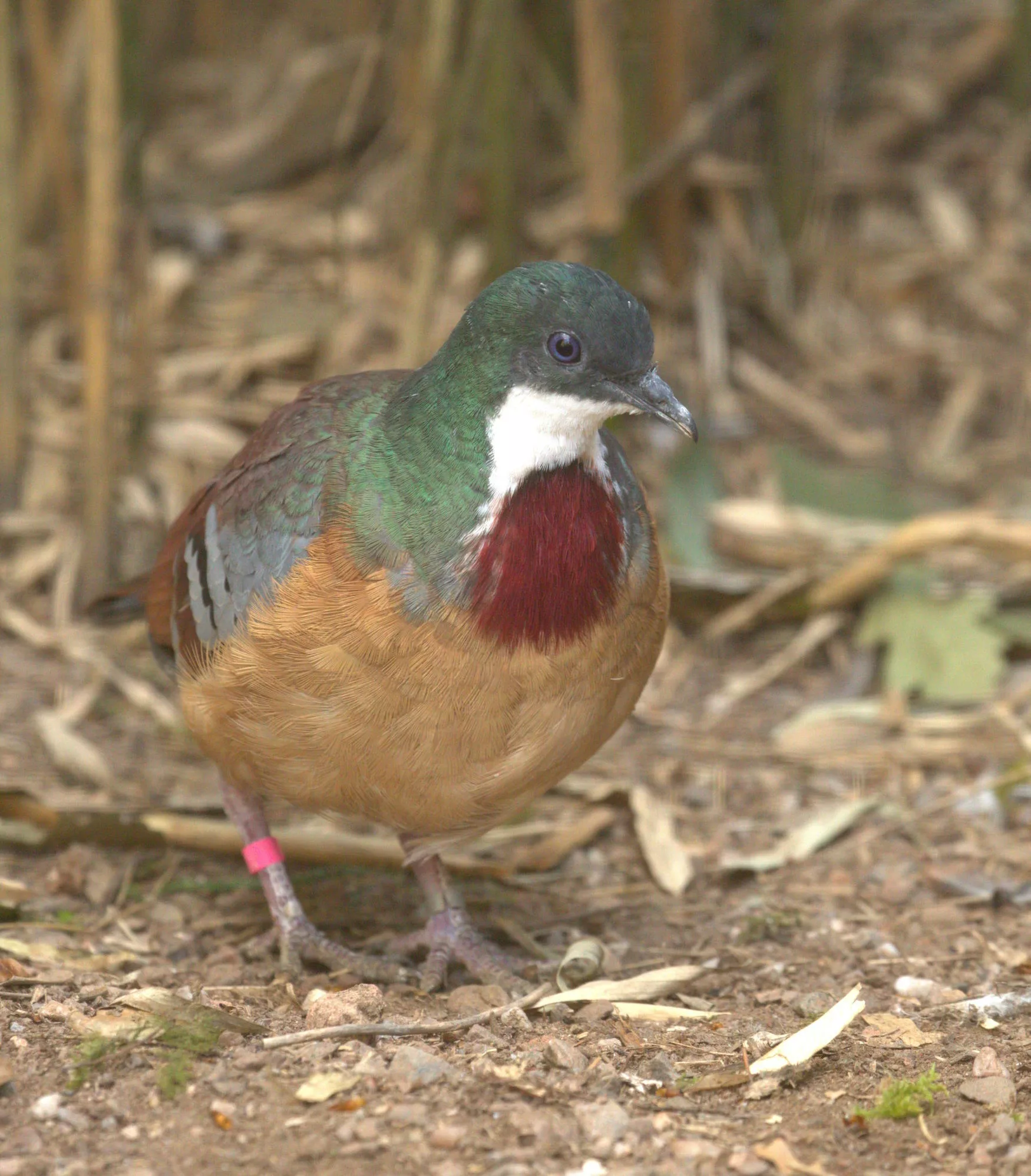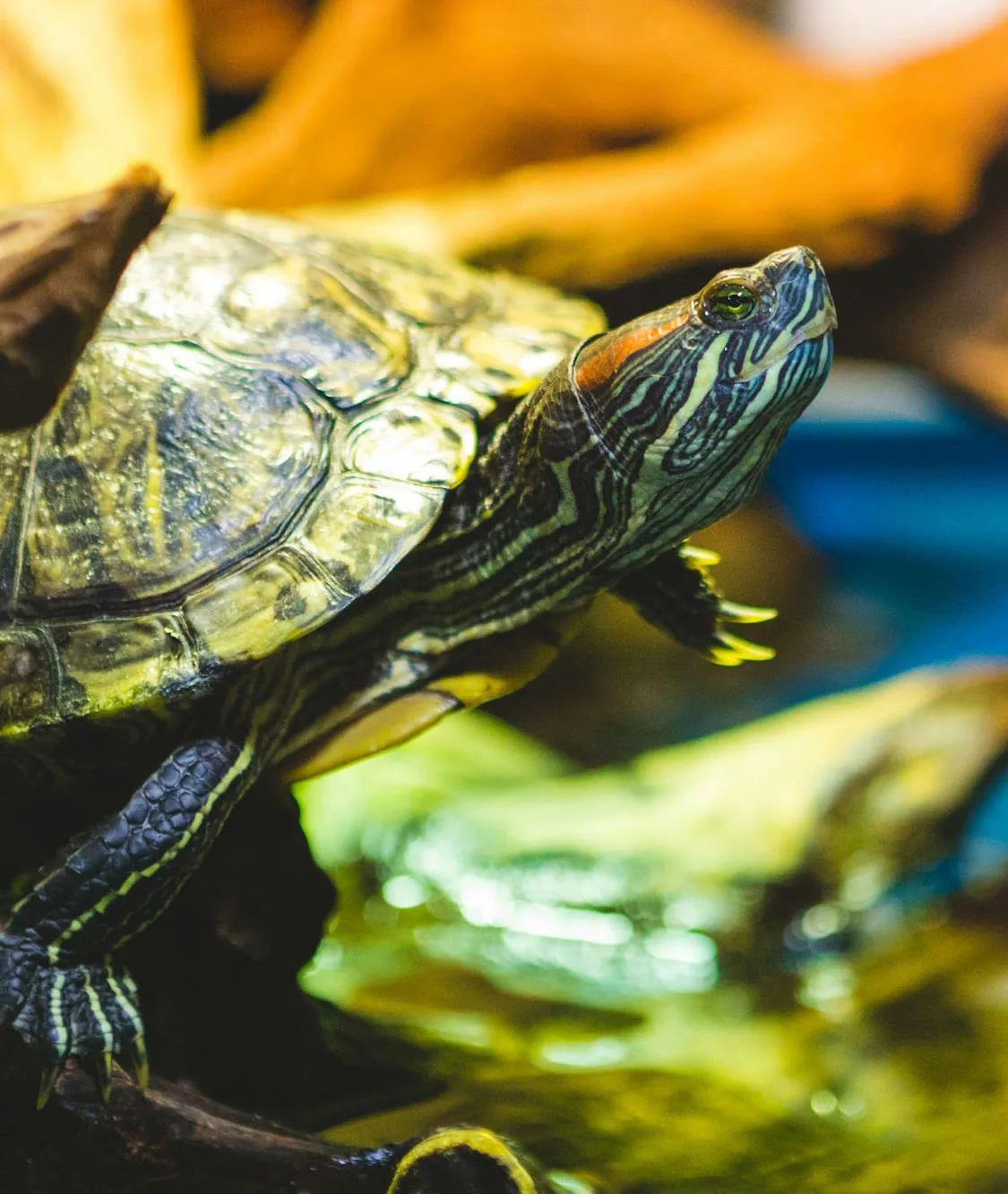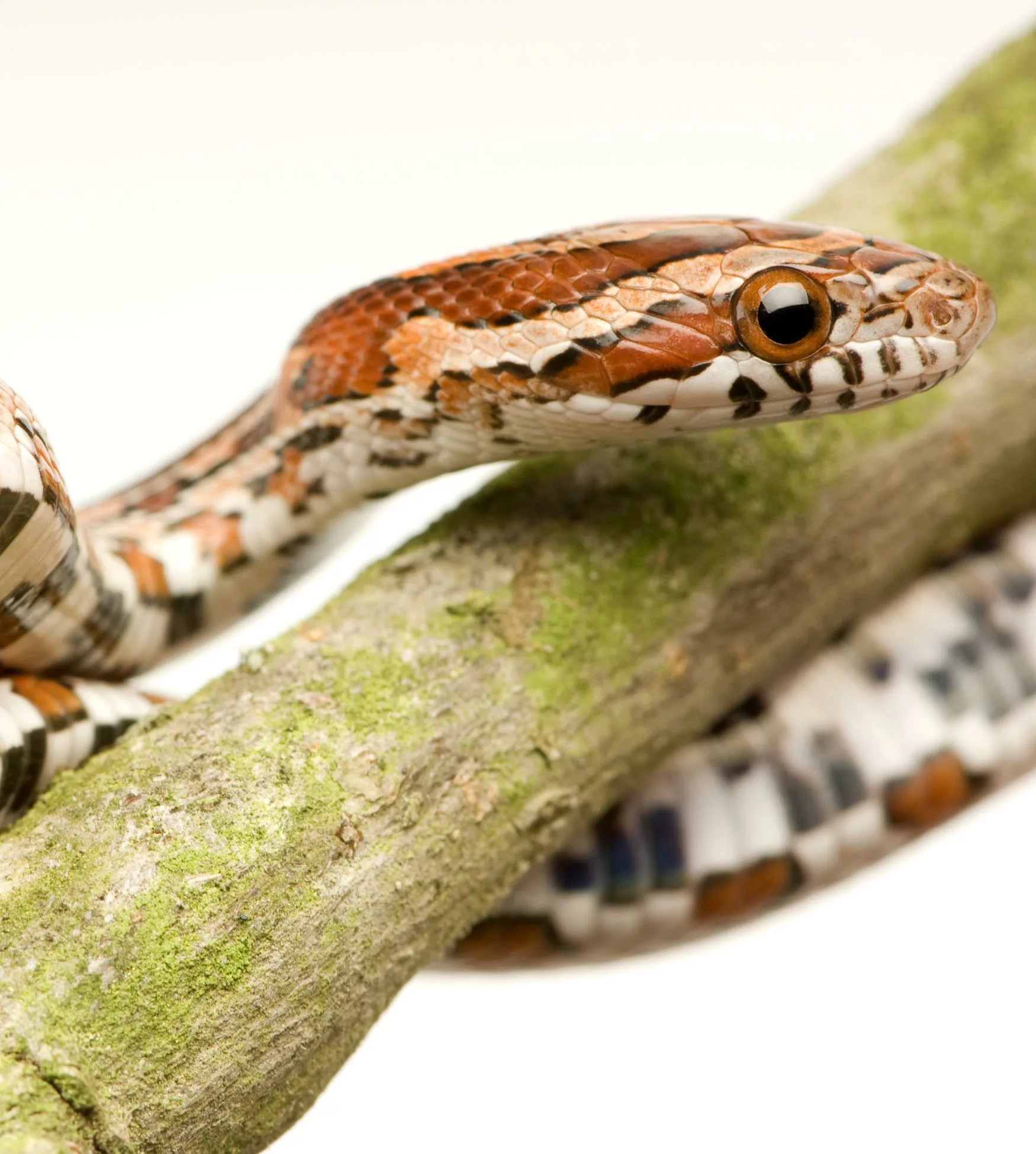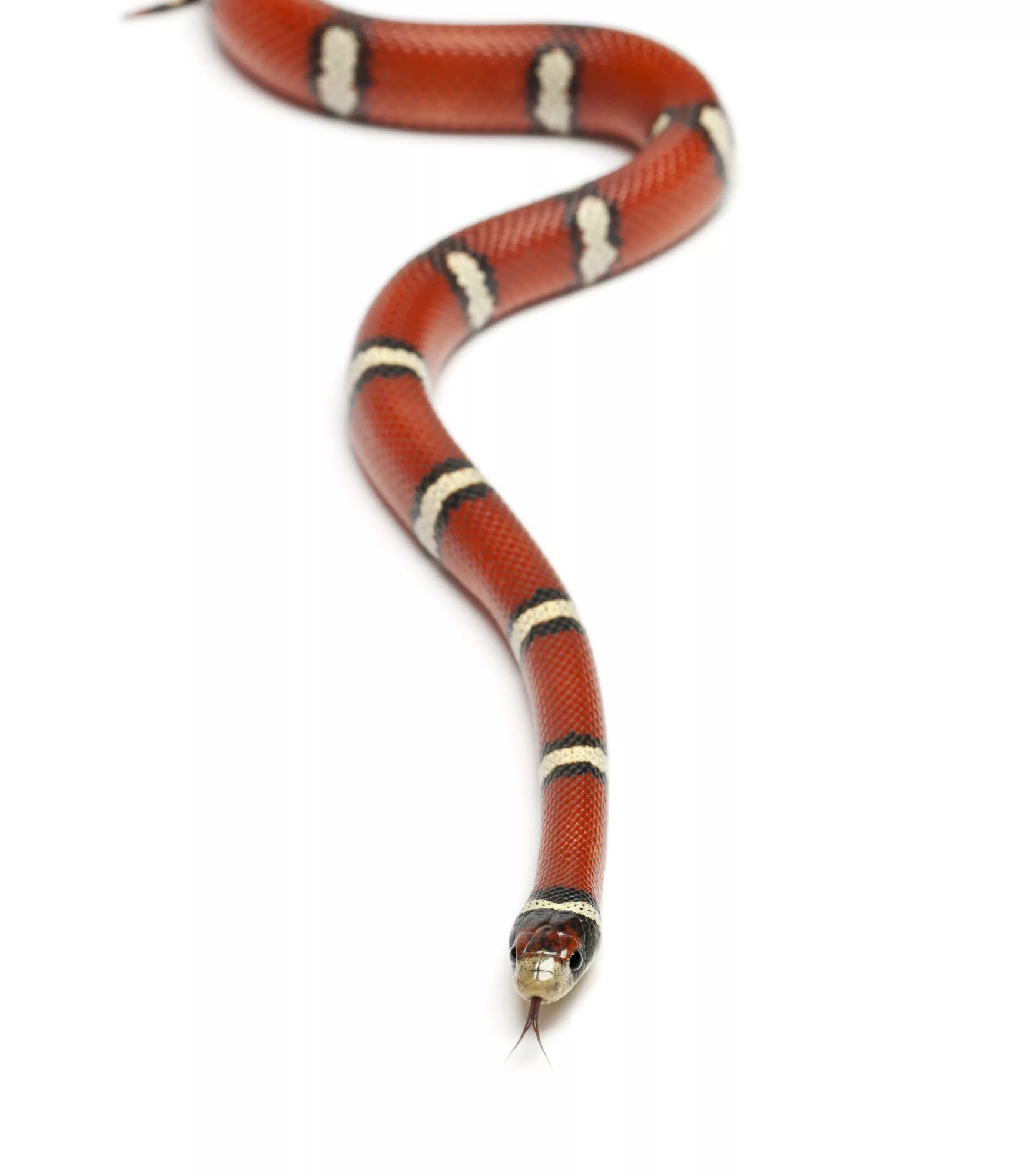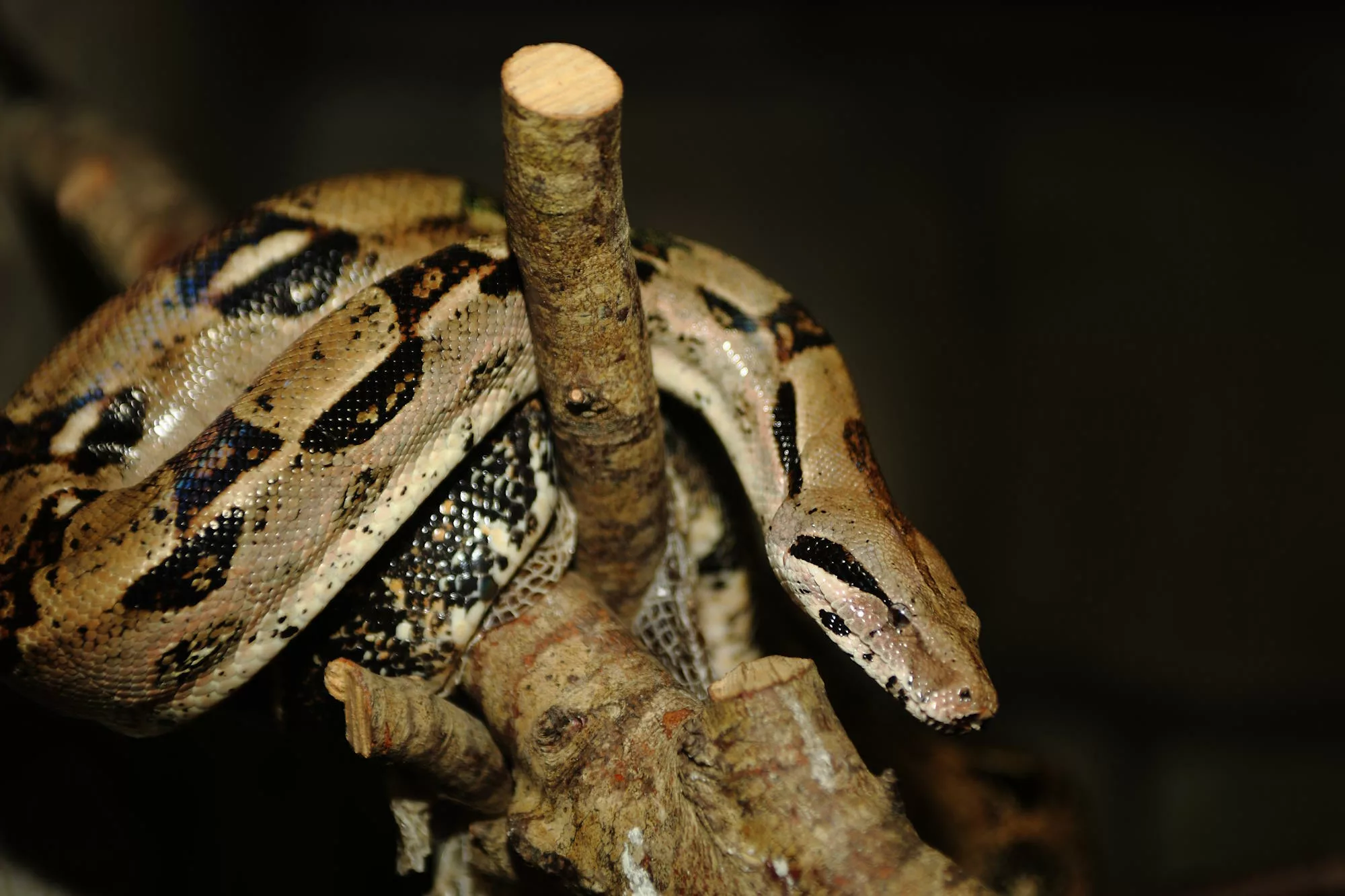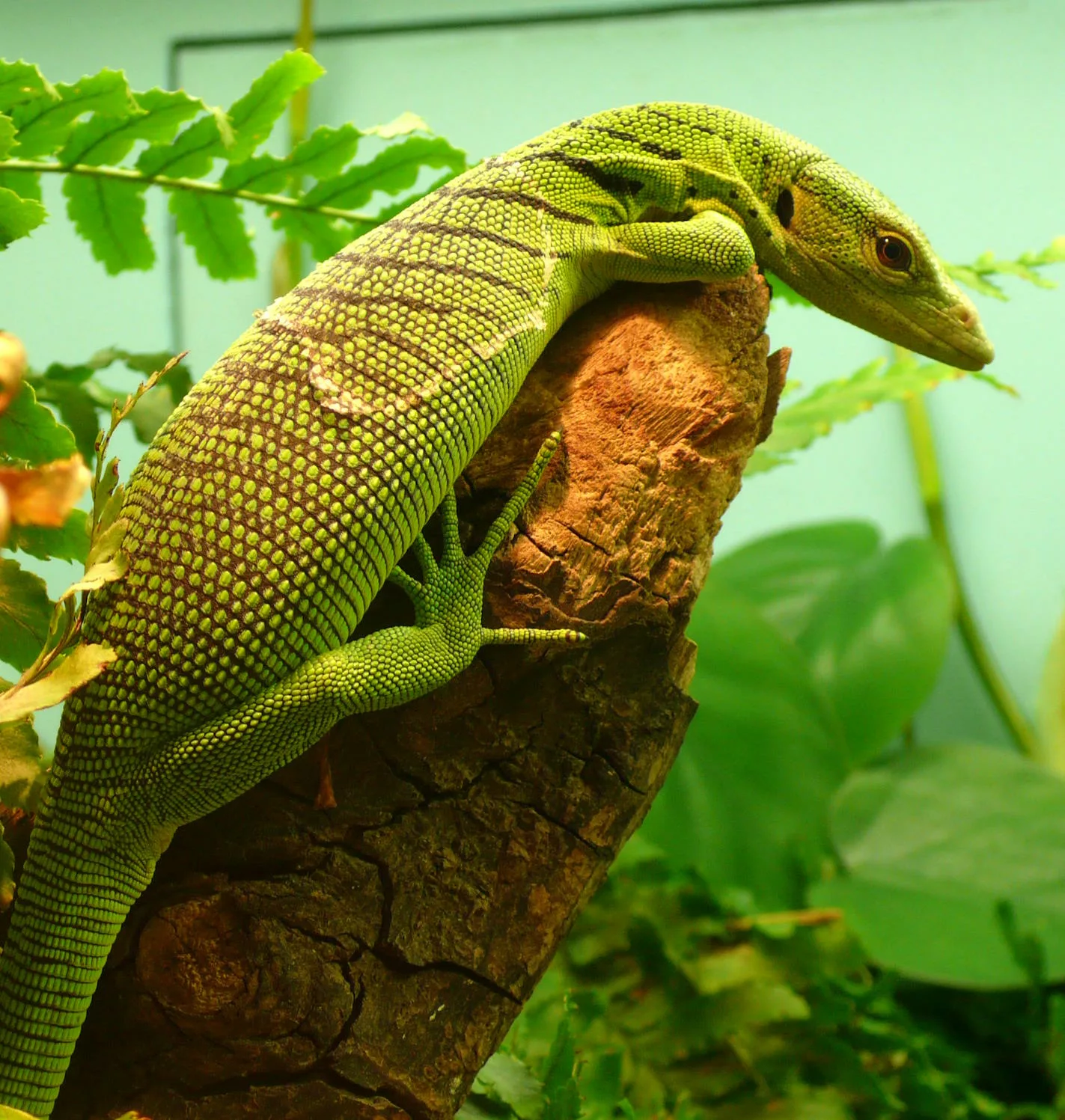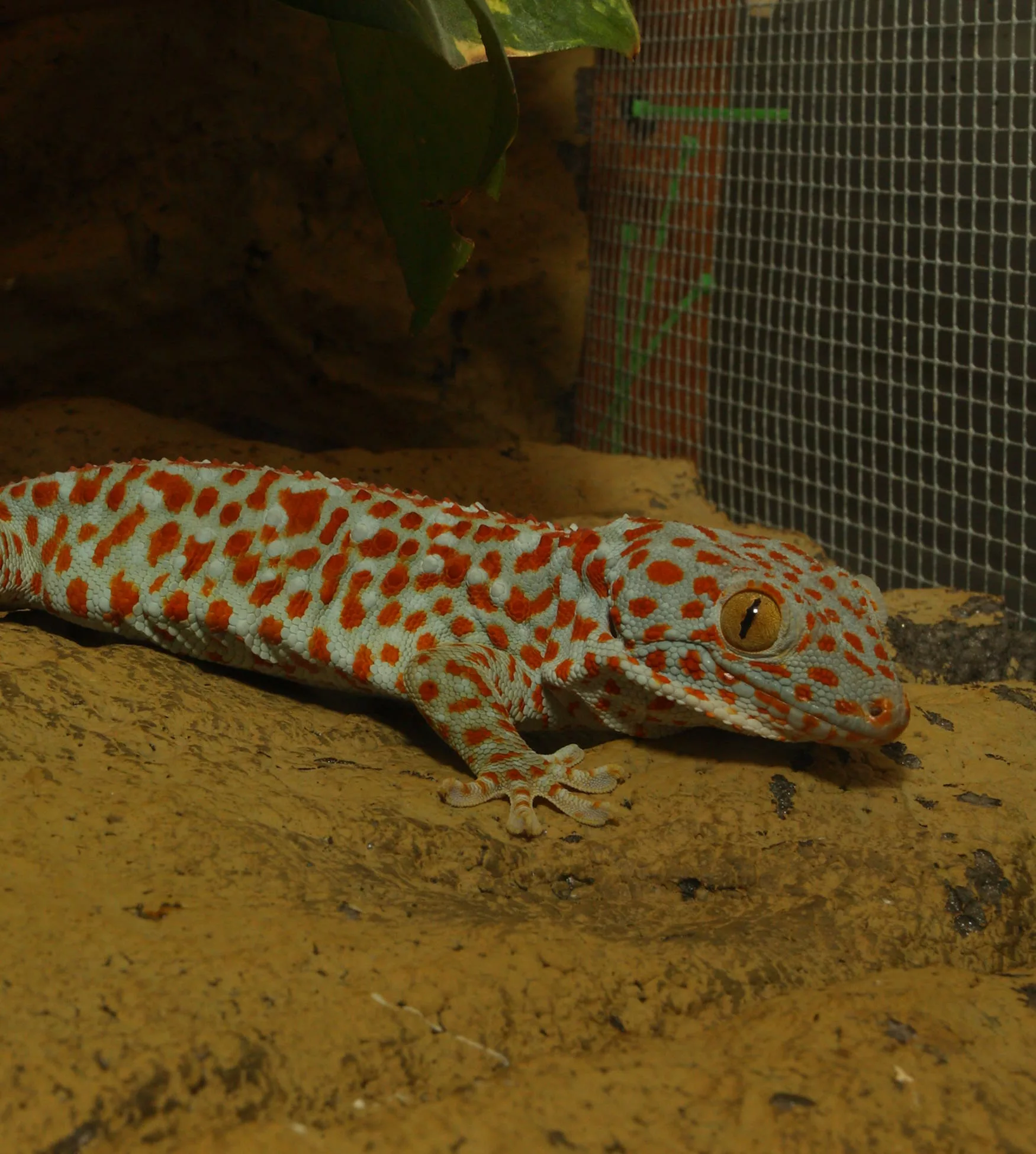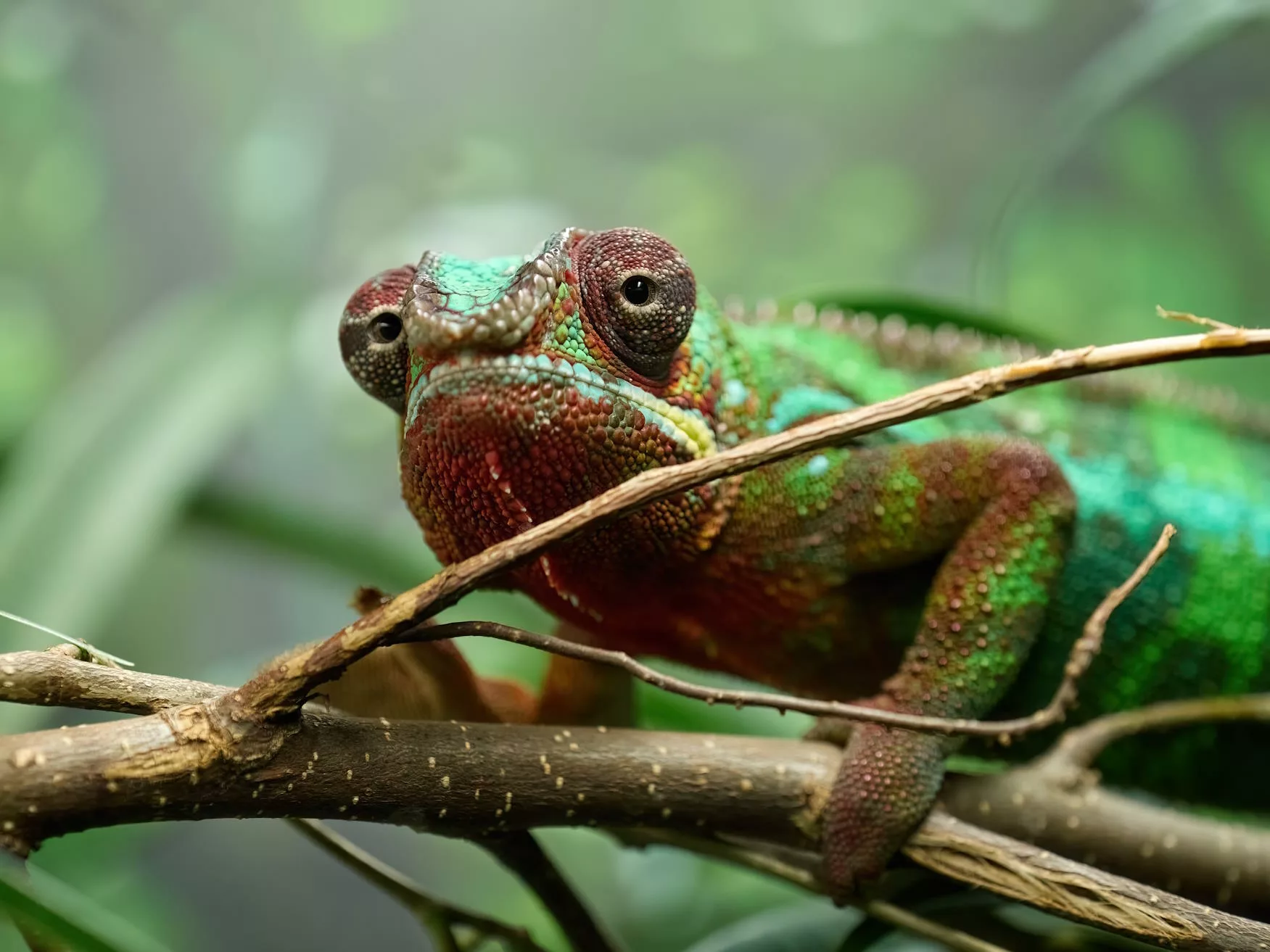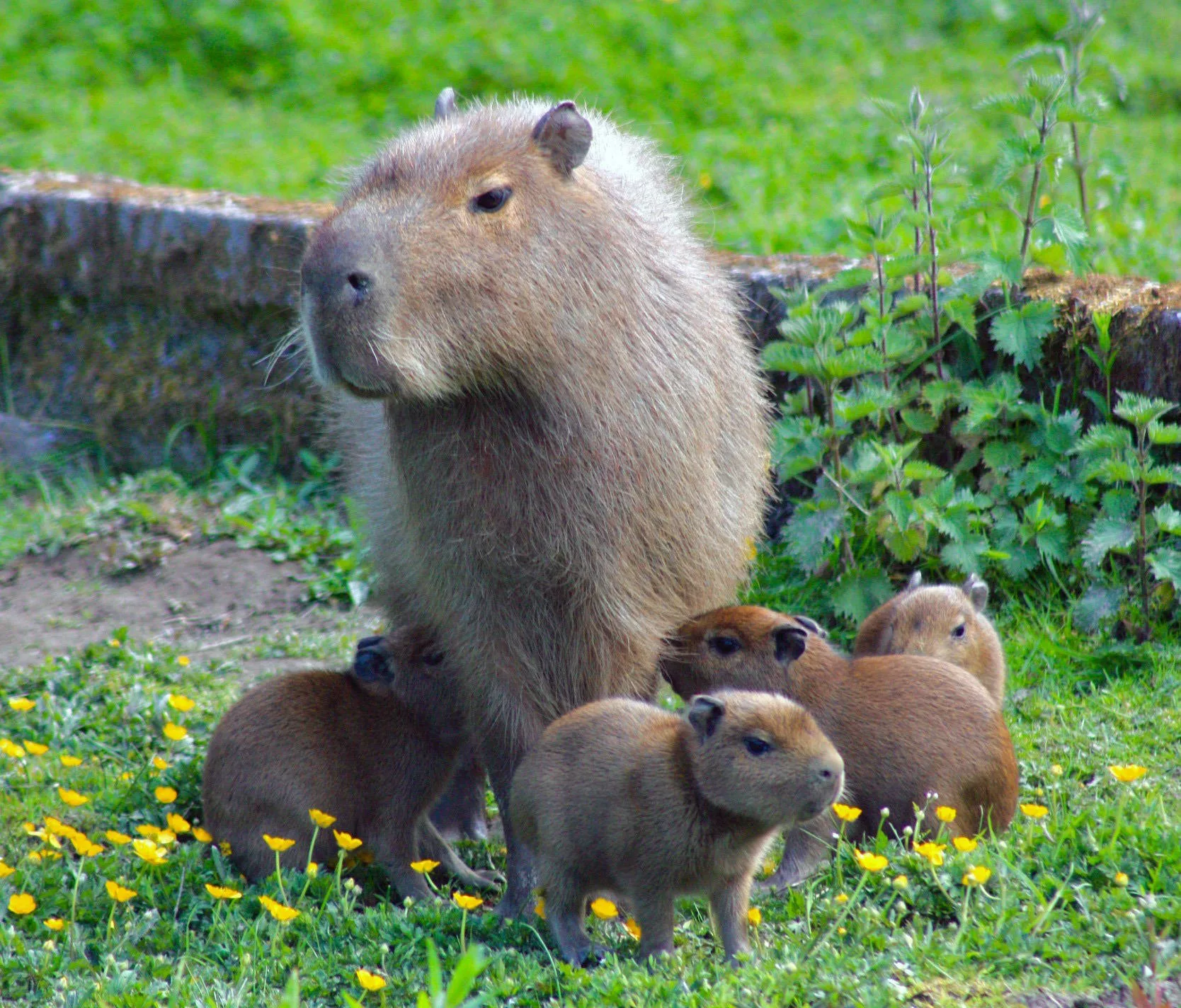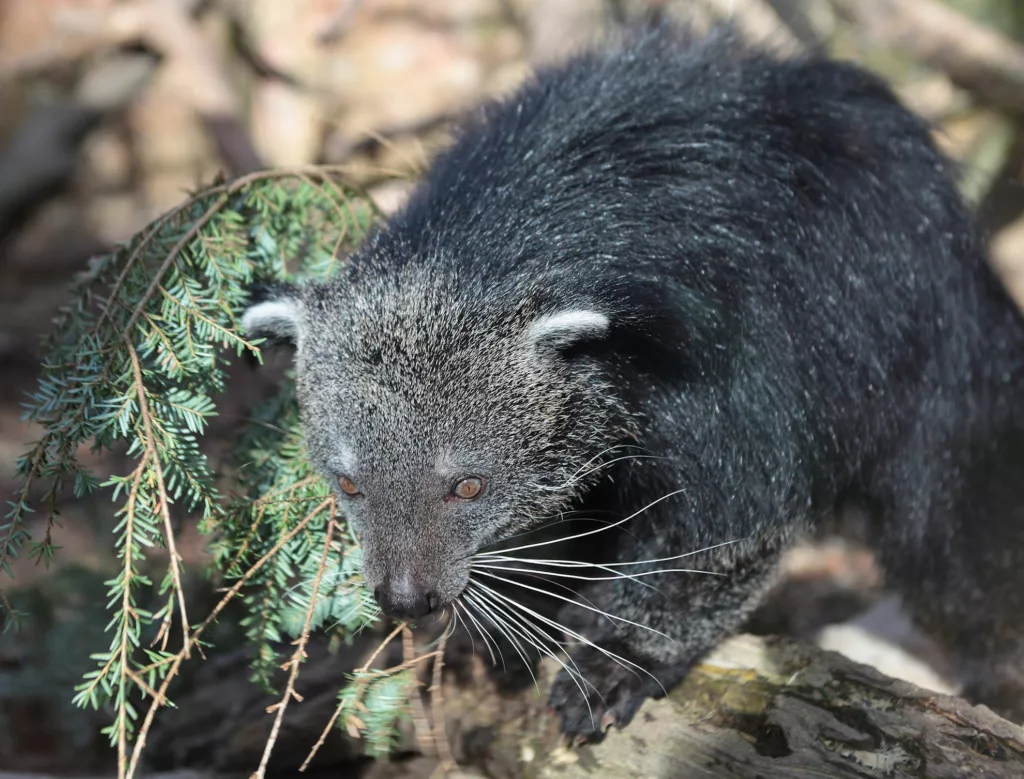
Binturong
Scientific name: Arctictis binturong
IUCN listed as: Vulnerable
Learn before you visit!
Here are some facts about the species – Discover what they eat, find out about their natural habitat, see what they like to do, and more… Set the reading style to suit you too, everyday speak or something aimed towards children.
Child-friendly
Everyday
Diet
The Binturong’s diet primarily consists of fruits, particularly figs, along with a variety of other vegetation such as leaves, shoots, and flowers. However, they are opportunistic feeders and will also consume small vertebrates like birds, rodents, and insects, as well as eggs and carrion when available. Additionally, they have been observed to eat honey and occasionally even hunt larger prey such as small mammals. This diverse diet allows the Binturong to adapt to different environmental conditions and food availability in their habitat.
The Binturong enjoys a diverse diet. It eats fruits like figs, leaves, and flowers. It also hunts small animals and insects, and sometimes raids beehives for honey. This varied diet keeps the Binturong healthy and thriving in its habitat.
Breeding
Binturongs breed once a year, typically between January and March. Males and females communicate through scent marking and vocalizations to find a mate. After mating, the female carries her young for about three months before giving birth to a litter of one to three cubs. The mother raises the cubs alone, teaching them survival skills until they are independent.
Binturongs come together once a year, usually between January and March, to find a mate. They talk to each other by marking their territory with scent and making sounds. After mating, the female carries her babies for about three months before giving birth to a litter of one to three cubs. The mother takes care of the cubs all by herself, teaching them how to survive until they can look after themselves.
Habitat
The Binturong lives in the dense rainforests of Southeast Asia. They spend most of their time high up in the trees, where they build nests and find food. Their habitat provides them with plenty of fruits, leaves, and small animals to eat, and offers protection from predators. However, deforestation and human activities threaten their habitat, making conservation efforts important to protect these unique animals.
The Binturong lives high up in the trees of Southeast Asian rainforests, where it finds food and builds nests. These forests keep them safe, but cutting down trees for things like wood and farmland is making it tough for them to find homes. So, it’s important to protect the rainforest to help animals like the Binturong.
At the zoo
Nine sub species are recognised and this pair are one of only two pairs released by the Cambodian government into captive breeding. They are significantly different to the other sub species and probably await exact classification. We are still trying to get our binturong to breed!
There are nine different types, called sub-species, of these animals. The pair we have at our zoo is one of only two pairs that the Cambodian government has let out for breeding in captivity. They are quite different from the other types, and we’re still working on figuring out exactly what type they are. We’re also hoping our binturongs will have babies soon!
Behaviour
The Binturong is primarily active at night and spends its days sleeping in trees. It communicates through vocalizations and scent marking to establish territory and find mates. While solitary, it may share territories with others. Binturongs are skilled climbers, using their strong tails for balance.
The Binturong is mostly active at night and sleeps in trees during the day. It talks to other Binturongs using sounds and smells to mark its home. Even though it usually lives alone, it might share its space with others. Binturongs are good at climbing trees because of their strong tails.
Fun facts
- Popcorn Scent: Binturongs smell like popcorn or corn chips due to special scent glands.
- Handy Tail: They have a long, prehensile tail that helps them climb and grasp objects.
- Slow Reproduction: Binturongs have few offspring at a time and take a long time to raise them.
- Night Owls: They are mostly active at night, staying safe from predators and the daytime heat.
- Tree Dwellers: Binturongs spend most of their time in trees, rarely coming down to the ground.
- Conservation Concerns: Unfortunately, Binturongs are facing threats from habitat loss and hunting.
- Yummy Scent: Binturongs smell like popcorn or corn chips, which is pretty cool!
- Amazing Tail: Their long tail can grab onto things like branches, helping them climb trees.
- Slow Growers: Binturongs don’t have many babies at once, and they take a long time to grow up.
- Night Explorers: They love to wander around in the dark when it’s cooler and safer.
- Tree Friends: Binturongs feel happiest up in the trees, where they spend most of their time.
- Need Our Help: Sadly, Binturongs are in danger because their homes are being destroyed. We can help protect them!
More animals to discover at our zoo
Quick Links
Tickets & Prices
You can buy tickets for Exmoor Zoo securely online, as well as finding out more price options, discover offers, and more…
What’s on…
Exmoor Zoo hosts incredible Events all through the year. You can find out about what we’ve got in store here…
Routes & info
Like any great discovery, Exmoor Zoo can feel a little off the beaten path – but don’t worry – you can plan your journey with our recommended routes and other useful travel info.
